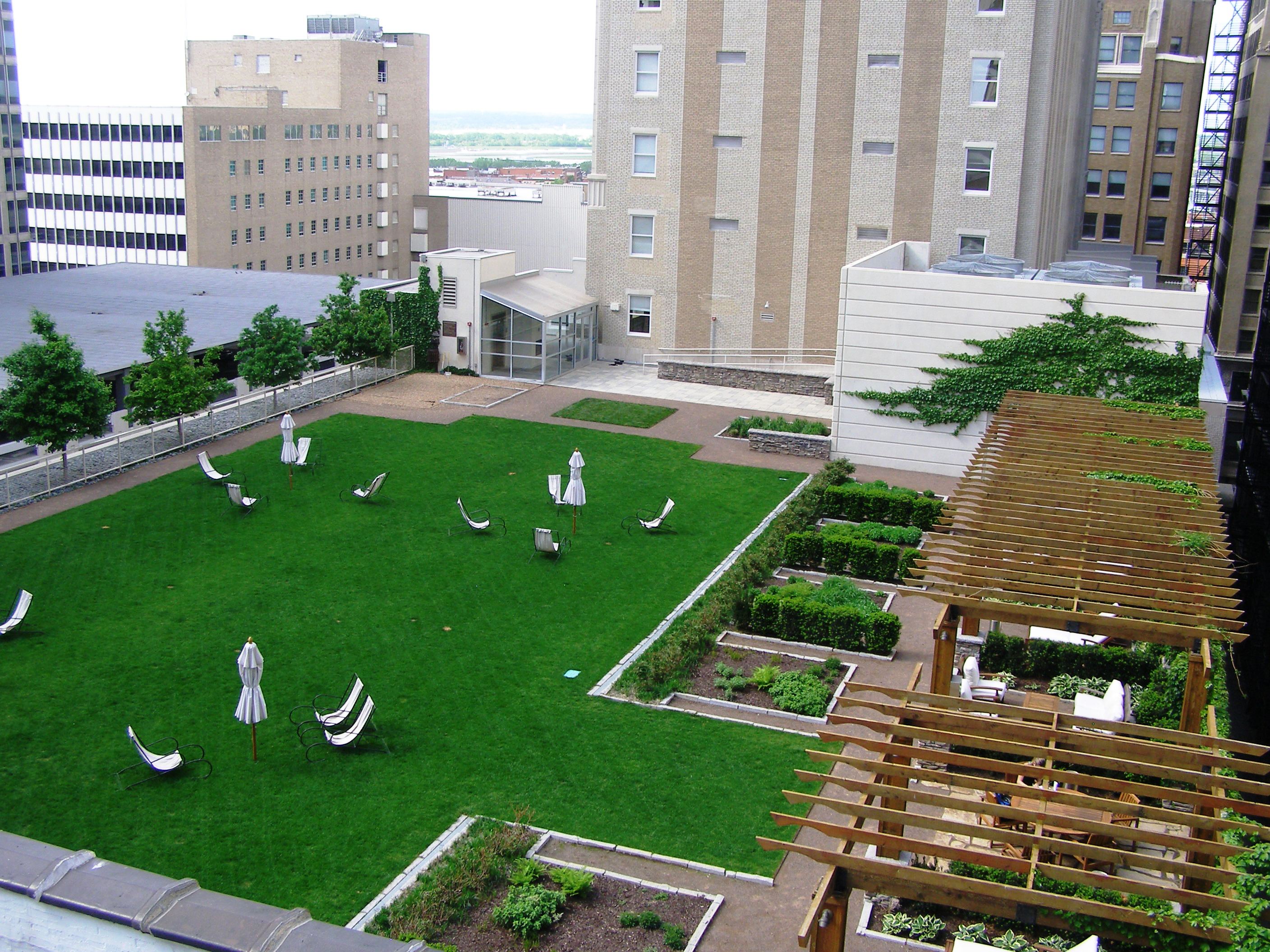

The clock face has since been removed and replaced by large windows for the highest residential living unit within five states. A bell cast by the McShane Bell Company of Baltimore, Maryland chimed in 1882. Īnother distinctive landmark was the "town clock" in the north tower, which had first started keeping time in the original 1885 post office and was then placed in the tower. A Radome for a weather radar was constructed between the towers on a steel skeleton rising above them, creating a landmark until 1995 when it was removed and the service relocated to Norman, Oklahoma, where it became the Storm Prediction Center. In 1954, the headquarters of the newly formed Severe Local Storms Warning Service of the United States Weather Bureau moved to the building from Washington, D.C. As a result, it was renamed the Federal Office Building. Truman, the Federal Government acquired the building at a report price of $3.3 million. On June 14, 1946, under the administration of then-U.S. The bank was liquidated in 1933 during the Great Depression. The building's architect - Hoit, Price & Barnes - also designed the nearby Power and Light Building in the Art Deco style. The new building mimicked the original federal twin-spire structure, in an Art Deco- Gothic Revival architectural motif.

The two-story building was razed in 1930.

The site had previously been a two-story post office and federal building until 1904, when Fidelity purchased the site for its headquarters. The structure was built in 1931 as the Fidelity National Bank & Trust Building (referred to locally as the Fidelity Building) at an estimated cost of $2.85 million, including bank fixtures. In 1997, the building was added to the National Register of Historic Places. It was Missouri's tallest apartment building until the conversion of the Kansas City Power & Light building and the tenth-tallest habitable building in Missouri.


 0 kommentar(er)
0 kommentar(er)
